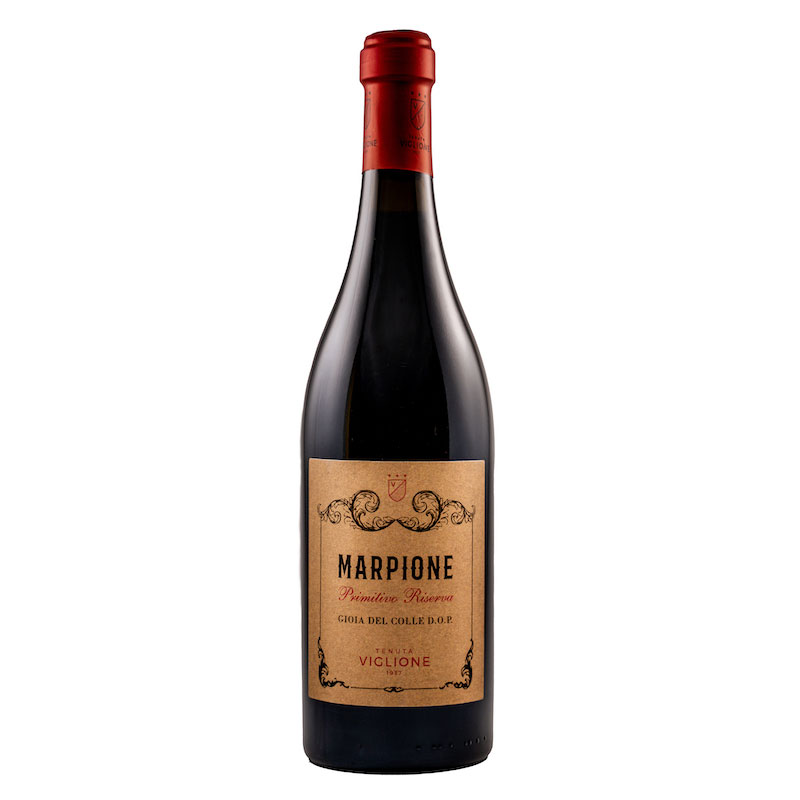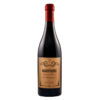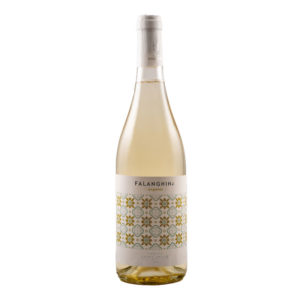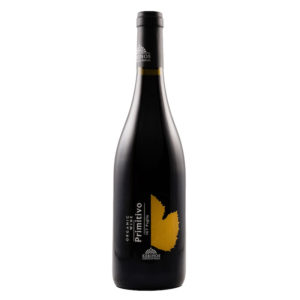| Grape Variety | Primitivo di Gioa del Colle |
|---|---|
| Producer | Tenuta Viglione |
| Certification | Organic |
Primitivo Gioia del Colle Marpione – Tenuta Viglione
£39.00
Elegant Morello cherry, wild blackberry bramble and blackcurrant aromas, with spicy notes of tobacco, licorice and black pepper. Full body on the palate, with a long finish and well balanced tannins.
Availability: In stock
Colour
FLAVOURS
Palate
Sweetness
Acidity
Tannins
Body
Abv
Serve At
Food Pairing
The Azienda Agricola Tenuta Viglione has its origins in the old agricultural and viticultural traditions of Zullo’s family. They were moved by the desire to develop the huge winemaking potential of the area between the towns of Gioia del Colle (BA) and Santeramo in Colle (BA) in Puglia, and started producing fine wines here since decades. The company grows 370 acres of vineyards at the average altitude of 450 meters. The main varietal is Primitivo, but other indigenous grapes are grown, too as Verdeca, Falanghina, Fiano, Negroamaro and Nero di Troia. The organic method of agriculture and winemaking is certified since 2005.
Primitivo
The name derives from the italian Primaticcio, meaning first to ripen. In fact it is one of the first grapes to be picked in Italy, usually in August. Primitivo is a variety of red grape grown across Puglia, which has found its ideal habitat in two areas above all others: the red soils of the Taranto Province where it is used to make Primitivo di Manduria and among the hills of Gioia del Colle in the Bari Province, and in the Murgia uplands.
The Primitivo vine is averagely vigorous and matures early, giving low-medium yields. It suffers drought, spring frosts, flower abortion and high temperatures. Its most problematic characteristic is its tendency to over-ripen very rapidly: sometimes a delay of just a few days in harvesting will lead to shrivelled grapes with a rapid loss of acidity and fresh flavours.
The typical grape cluster is small and elongated, loose with round berries. The skin is delicate and quite thin, and for this reason it is sensitive to humidity and moulds.
It easily reaches high alcohol levels and historically used to boost up more famous wines in France and northen Italy. Also known as Zinfandel in the USA, in 1994 the 2 varieties have been proven to be genetically identical.
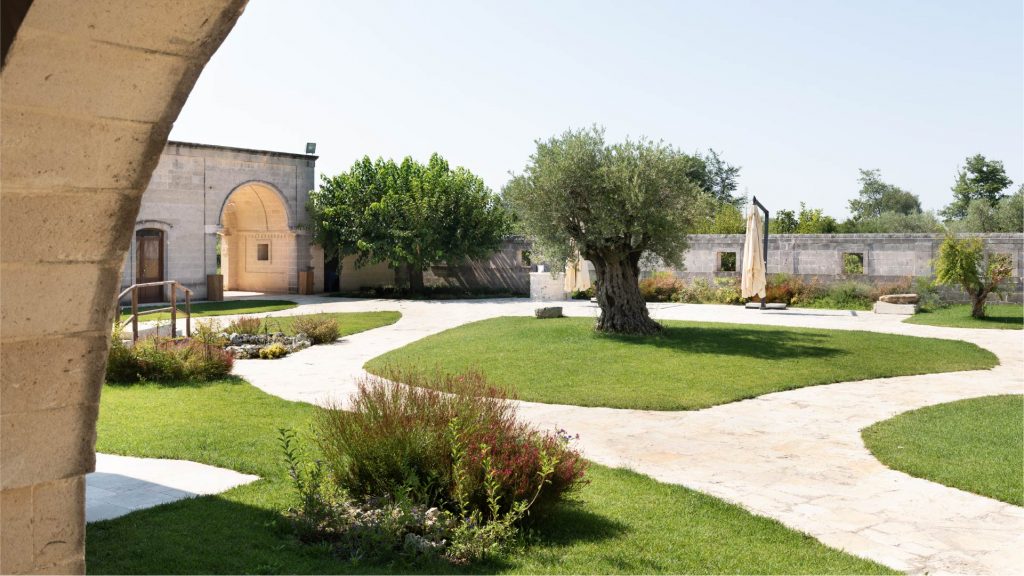
You might also enjoy
-
Primitivo IGT Puglia 2023 – Azienda Agricola Kerinos
£13.60Original price was: £13.60.£10.90Current price is: £10.90. Add to basket
